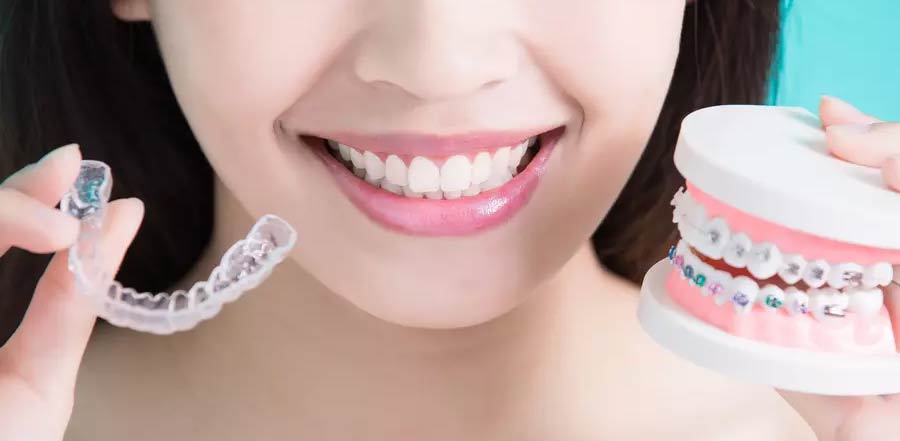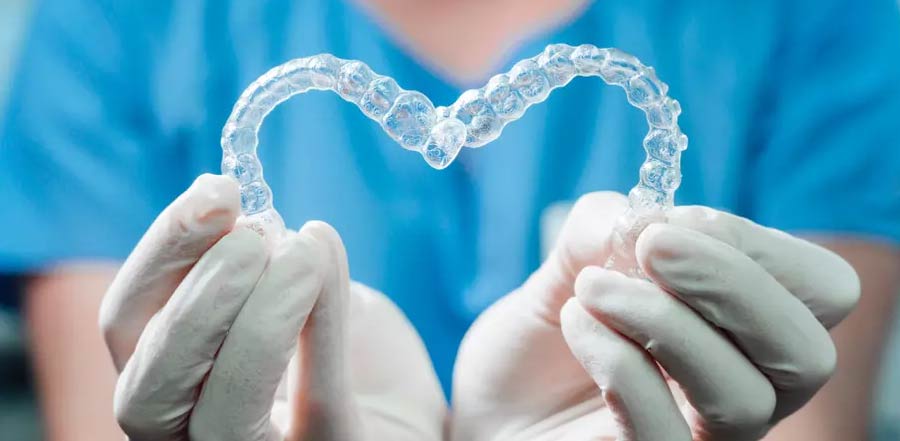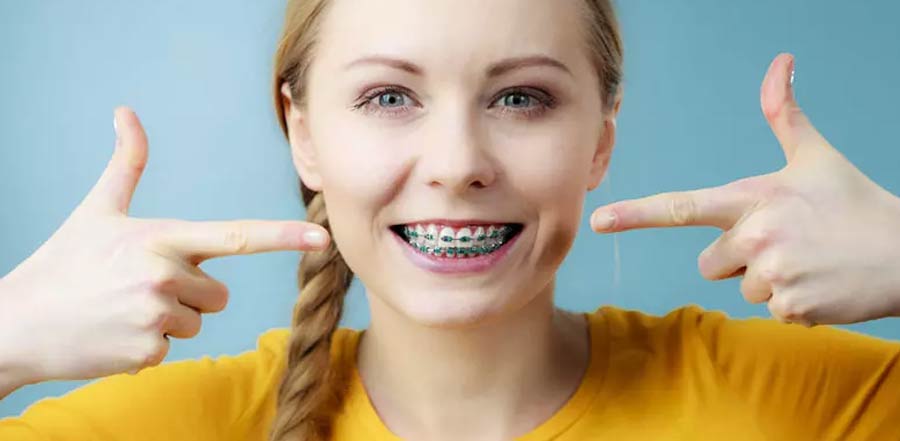Invisalign for Adults in or near Kendale Lakes
The number of cosmetic dentist in Kendale Lakes, Fl has grown exponentially in recent times. Despite this fact a greater number moms are choosing Miami Lakes Orthodontics over many other practices. If you are thinking of trying Invisalign? You need to call Dr. Carmen at Lakes Orthodontics. With so many orthodontic preferences that are now available; if you don’t already have one, a stunning smile is one you can have over time with Invisalign for Adults near Kendale Lakes. Invisalign is an alternative to wire braces, that uses clear aligners that adjusts the teeth incrementally. The process involves a technician taking an cast of the patient’s teeth so they can create an electronic model. With a treatment plan from the doctor, a model creates shapes that take into account the current position all the way to the desired position, then use those to make the individual aligners. That aside, not all orthodontic patients are ideal for Invisalign. There are criteria to be met to be sure that you are a fit for Invisalign. At Lakes Orthodontics, we don’t just give Invisalign to patients because they want it. Dr. Carmen Crespi has been practicing orthodontics since 2007, so you can be certain you are in good hands.
Getting Invisalign for Adults in or near Kendale Lakes, Florida
Families searching for an expert dentist to provide them with the best Invisalign for Adults in Kendale Lakes, FL, should consider Dr. Crespi of Lakes Orthodontics. Because Dr. Carmen Briceño Crespi is an award-winning, board-certified, orthodontist specialist is in Miami, individuals from all over Dade and Broward County travel to her office to obtain top Invisalign for Adults in Kendale Lakes, Fl whether it be Invisalign or Braces. Although dentist are selling Invisalign, patients aught to be cautious of this trend. Individuals should only get orthodontic treatment from an orthodontist, and the fact is you must be board-certified to be an orthodontist. If you are considering Invisalign, be aware that it may not be the best solution for you. However, Dr. Carmen will still be able to get you on your way to a attractive smile by suggesting the best option for you.
Invisalign for Adults in Kendale Lakes Related Blog Post
Orthodontists Are The Best Choice For Invisalign!
Have you ever wondered what type of dentist you should see if you or your child needs braces or Invisalign? Millions of people around the world [...]
Invisalign Vs. Braces For Adults
Which type of orthodontic treatment should you choose to help you fix your teeth and get the beautiful smile that you have always wanted? We are [...]
Mail Order Braces! For Real?
Whether you call it lazy or convenient, Americans have been in love with mail-ordering stuff for a long time. It all started back in 1893, with [...]





